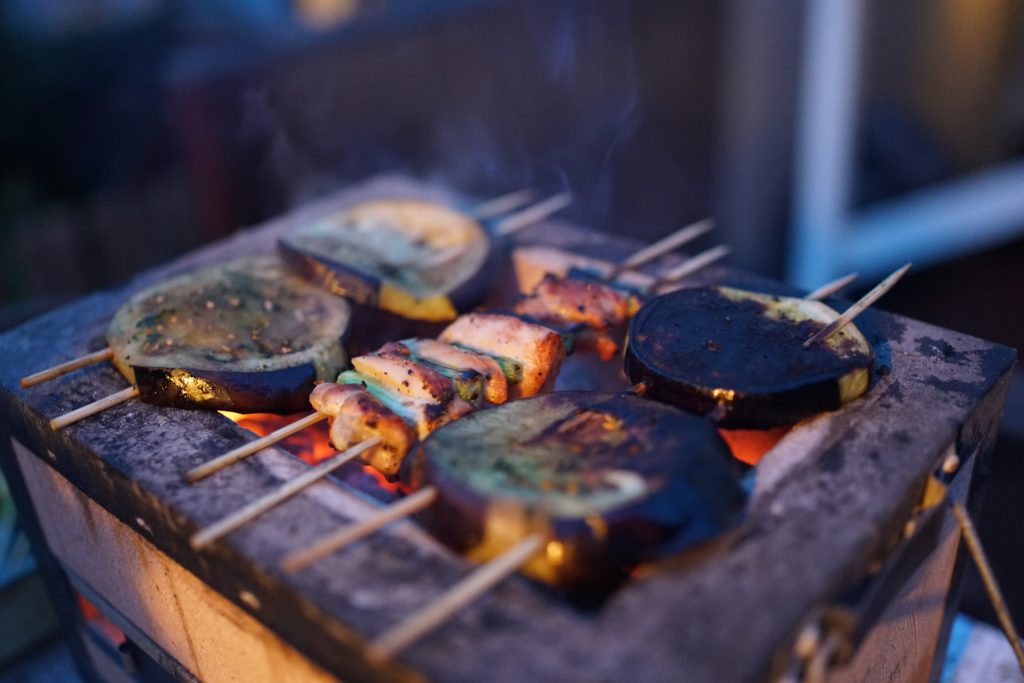All fields are required
Posted in Food Safety,Our Blog,Outbreaks & Recalls on February 25, 2019

Last weekend, several people in the town of Swisher, Iowa became sickened after eating wild game at the Swisher Men’s Club annual event. The type of meats consumed included deer, turkey nuts, hog nuts, elk meatloaf, rabbit, raccoon, pheasant, turtle, goose, smoked turkey, and fish. Quite the exotic and unusual spread, but with unfortunate consequences.
According to the Johnson County Public Health Department, they are investigating the cause of the illnesses in conjunction with the Iowa Department of Public Health as well as federal agencies. No information is available as to the number of people who became ill, or if there were any hospitalizations.
Types of Wild Game
Many of us have enjoyed venison, also known as deer meat. However, wild game encompasses other animals that are hunted and killed in the wild. In the United States, these animals include antelope, elk, buffalo, moose, reindeer, and even wild boar. Smaller animals are hunted as well: muskrat, opossum, raccoon, rabbits, squirrels, armadillos, and alligators, ducks, peasant, and other wild birds.
Wild Game Can Harbor Foodborne Pathogens
We are perhaps all too familiar with foodborne illness caused by eating contaminated packaged meats or when we fall ill after eating at a restaurant. But instances of foodborne illness due to consuming wild game are relatively rare. In the case of the Iowa sickness, a source of the contamination has not been established as there was quite a variety of wild game for consumption. As with foodborne pathogens that contaminate our prepared food supply, the risk for illness after eating wild game is equally present.
Wild game can carry a variety of substances that can cause sickness such as bacteria, viruses, and parasites.
“Zombie Deer” Disease and Implications for Human Infection
Recently there has been quite a bit of buzz about “zombie deer” disease: more commonly known as Chronic Wasting Disease (CWD). According to the Centers for Disease Control, it is spread “between animals through direct contact with contaminated body tissue or fluids, or through indirect contact with infected soil, water, or food.” CWD is a type of disease that affects deer, elk, and moose, caused by small, abnormal infectious proteins that make other proteins in the body behave abnormally. The disease gets more serious as it progresses, and it is always fatal.
There is the perception that CWD can be transmitted to humans by eating infected venison. That, however, may be misleading as there is currently no evidence that CWD occurs in human or that humans can even be infected. The fear arises from an experiment that demonstrated that this disease can affect monkeys, which share genetic similarities to humans. However, the CDC advises precaution in this respect. The CDC recommends that hunters strongly consider testing the game before eating the meat. Checking with local wildlife or public health departments about their testing policies is also recommended.
Proper Handling of Wild Game is Essential
The handling of wild game meat is almost identical to that of our store-bought meat. Bacteria grow most rapidly in temperatures between 40 and 140 degrees Fahrenheit, also known as the “danger zone. Temperatures below 40 degrees Fahrenheit will slow down bacterial growth, but will not kill them. Also, freezing prevents bacterial growth, so storing meat, birds, or fish in a freezer at zero degrees will last up to one year. Be sure to thaw the frozen meat properly, either in the refrigerator or in plastic wrap under cold running water: never at room temperature. In addition,
Tips for Cooking Wild Game
The United States Department of Agriculture (USDA) offers recommendations for cooking wild game on its website. Its advice in this regard is as follows:
How Wild Game Hunters Can Use Precaution
No matter your personal perspective or opinion on hunting, it is alive and well in the United States. In 2017, more than fifteen million people participated in some form of hunting. Therefore, the American Veterinary Medical Foundation (AVMA), in acknowledging the health concerns linked to hunting, established a comprehensive document in order to inform hunters of the risks they take and steps they can take to reduce those risks. There are a great many other types of bacteria, viruses, as well as parasites that can cause illness for hunters and their dogs. This information can be found on their website: www.avma.org.
By: Kerry Bazany, Contributing Writer (Non-Lawyer)